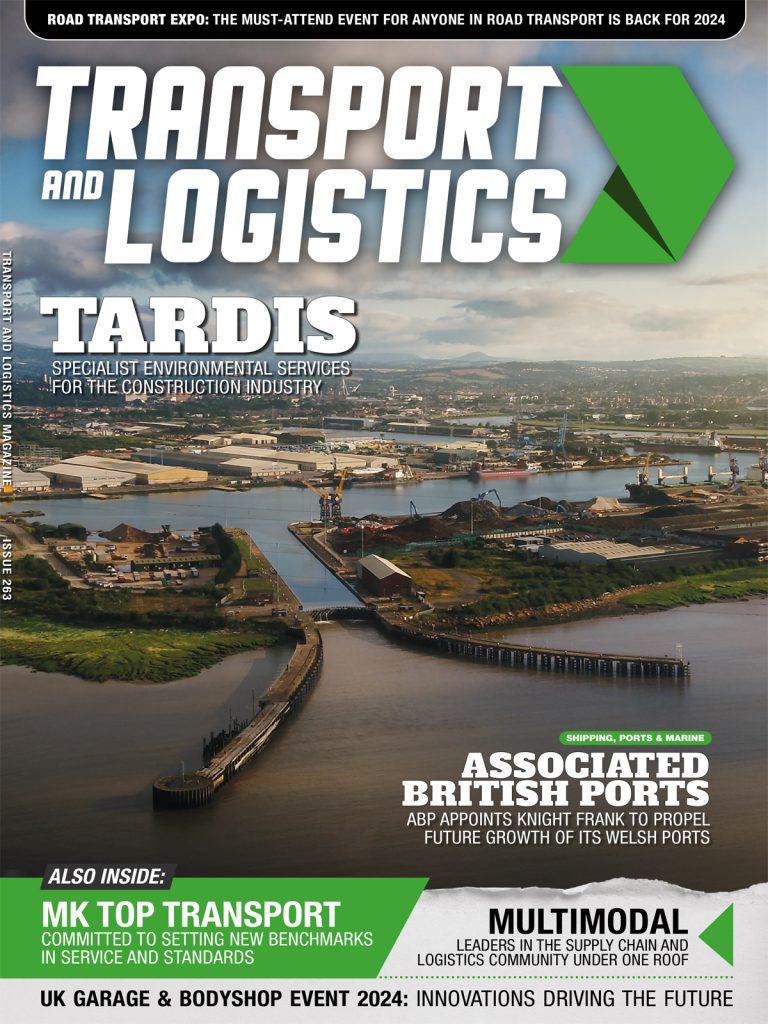Around 40% of tiredness-related crashes involve commercial vehicle drivers, according to road safety charity BRAKE. But, Phil Lawlor, sleep expert at mattress specialist Dormeo, says that this can easily be avoided by ensuring your employees are well-rested while on the road. Here, he discusses his top tips for checking your staff are getting enough sleep and are fit to work.
With long drives, changing shift patterns, and long waits in traffic to deal with, it’s no surprise that your drivers can regularly feel fatigued. But, being tired during a shift won’t just affect their motivation and productivity, it could actually lead to crashes that could result in serious injury or death.
The effects of driving when tired are so severe that they’ve been compared to that of drink driving (National Sleep Foundation), so it’s necessary that you’re ensuring your drivers are aware of these risks and are getting enough rest. Here, I’ll be sharing four tips for keeping your staff safe on the road.
Educate them on sleep
You should regularly inform your drivers of the importance of sleep and how it could impact their safety on the road, with increased risks of clouded judgement and a lack of concentration possible.
While I understand that it can be tricky for shift drivers to adjust their body clock to sleep at odd times, it’s necessary that your workers get a solid eight hours of quality, undisturbed sleep every day to function at the best of their ability.
To ensure they’re doing this, you should advise that they take the time to create a relaxing sleep environment in their bedroom. This includes minimising the amount of light (especially if they’re trying to sleep during the daytime), wearing earplugs to block out any noise, and investing in a comfortable mattress and pillow which supports their back — memory foam is a great option for all sleepers as it hugs the body and moulds around you to offer optimum support.
Encourage them to take breaks
As an employer, you have a duty of care to look after your workers and this includes ensuring they’re feeling up to the job and their rights as drivers. According to EU driving rules, any driver working for a company must not drive more than 9 hours a day, 56 hours a week or 90 hours in 2 consecutive weeks. To ensure you’re abiding by these rules, you must also ensure your drivers keep a record of their hours on a weekly record sheet and that you think carefully when timetabling them in.
While there are limits in place, this may not stop your drivers from feeling sleepy, so it’s key that you inform them of their break rights. At a minimum, you should allow your staff to take a 45-minute break after every 4 and a half hours of driving. But, if they are feeling fatigued before this time limit hits, make sure they know to pull over somewhere safe and take a rest.
Be aware of any sleep-inducing medications
It’s not likely that your drivers will be taking sleeping pills while on the job, but it’s necessary that they don’t do this in the lead up to their shift at all. This kind of medication can stay in the body for up to 16 hours and the effects can be magnified if they still haven’t been able to get a good night’s rest.
However, there are also some less obvious medications which can make your workers feel sleepy. These include antihistamines, antibiotics and hormone balancers used to treat anxiety, insomnia, and depression. So, it’s necessary that you are aware of all medical conditions your drivers have, and if they do have to take any of these, that they are taken well in advance of their shifts, so they don’t interfere with their alertness.
Get them to use alert systems
Even after all measures have been taken to reduce the risk of your drivers falling asleep at the wheel, they may still need a little nudge to recognise when their bodies are feeling tired. There are now products on the market that can track driver fatigue and notify them as and when they begin to feel tired, so they know when to take a break. Once these gadgets learn the behaviour of your drivers, they can even plan in suitable times for sleep and stops so they can pull over before they’re hit by overwhelming tiredness.
As an employer you have a responsibility for the welfare of your drivers, so it’s important to take measures to ensure they’re safe on the roads. With my top four tips and some consideration, you can reduce the chances of fatigue-related accidents. After all, tiredness can kill.














